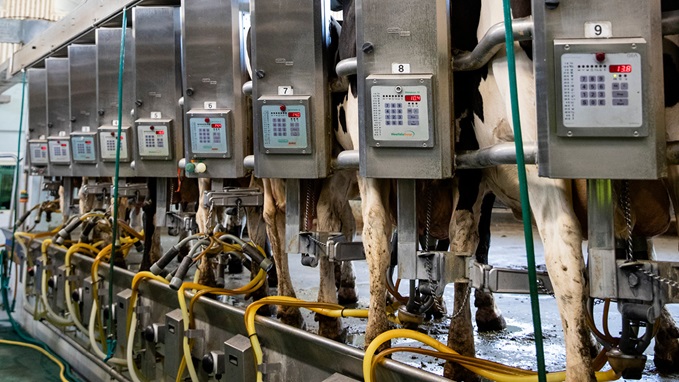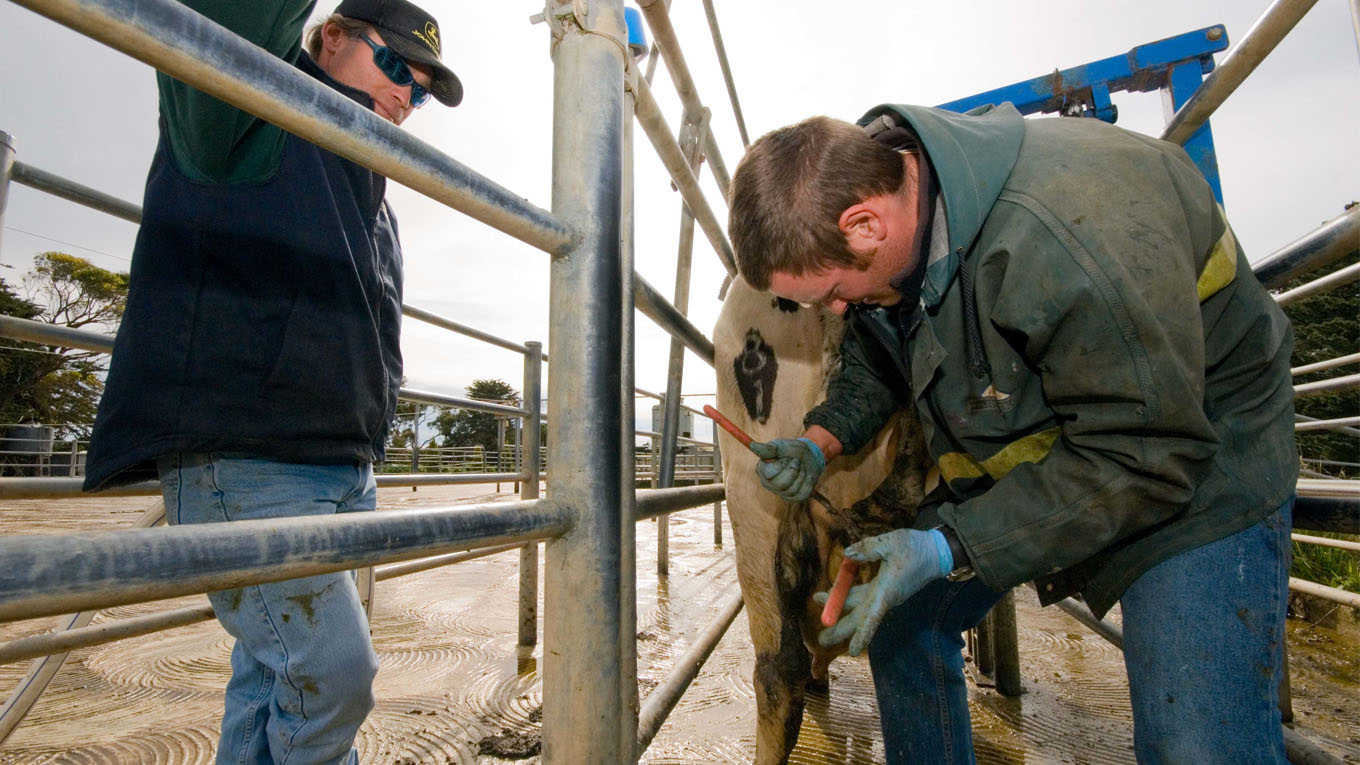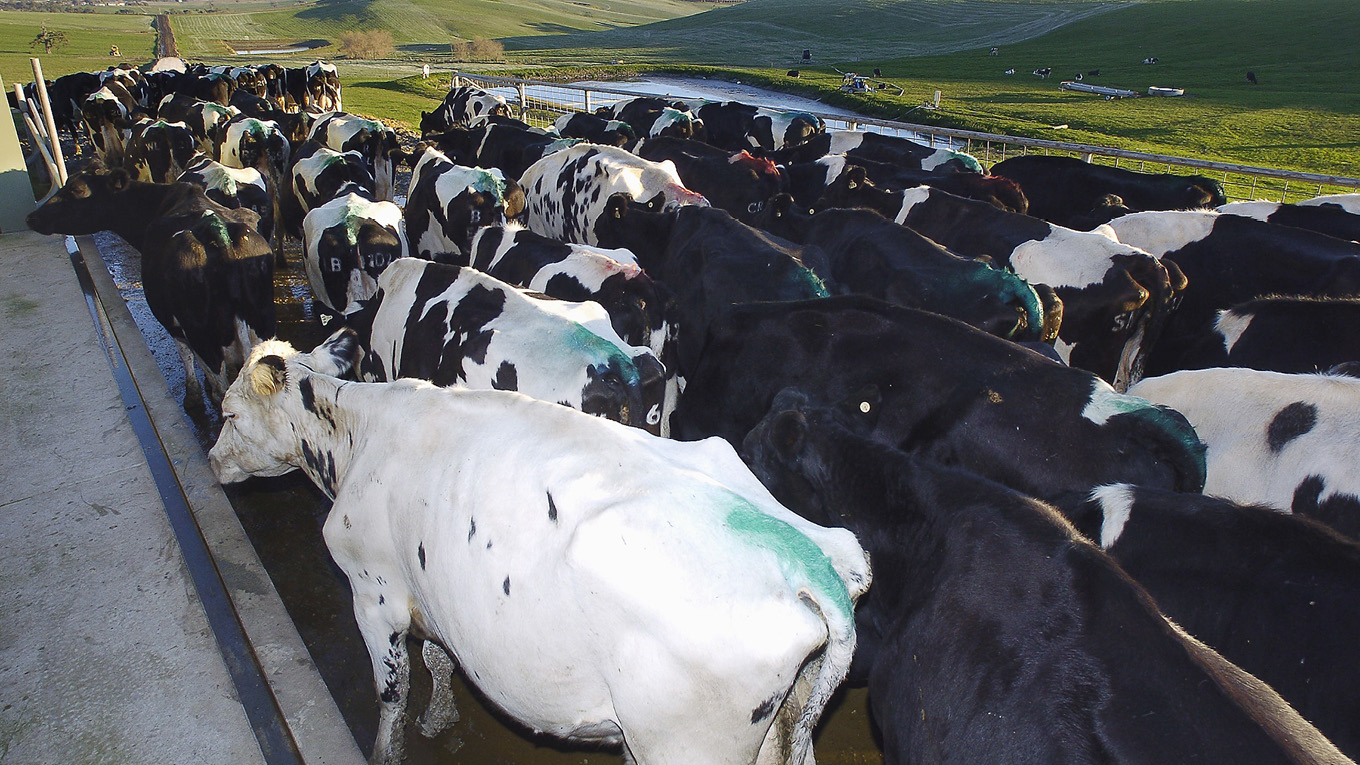Mastitis and Milk Quality
Consumers in domestic and export markets which compete with Australian dairy are demanding higher quality dairy products. Meeting these demands requires high-quality raw milk material.
This consumer pressure is passed on to the dairy farmer through:
- Legal requirements to meet basic food safety standards
- Trade regulations and market access requirements
- Incentive payments or penalties based on milk quality
- Product specification requirements.
Key descriptors of quality milk include:
- Colour and texture
- Flavour and odour
- Composition
- Nutritional value
- Manufacturing or processing properties
- Presence of any ‘abnormalities’ (for example, high numbers of somatic cells)
- Contamination by foreign substances (for example, bacteria, bacterial enzymes, antibiotics, chemicals, soil).
Dairy Australia invests in two key programs to assist farmers to manage milk quality. These are:
- Countdown
- Better Hygiene, Better Milk
More information on how to manage milk quality on the pages within this section.
Countdown
Countdown is the national udder health program for the Australian dairy industry.
Mastitis reduces milk yield and degrades milk quality, diminishing the dairy industry’s ability to compete in international markets. Together, these factors erode the milk income received by farmers. It is estimated that more than $150 million is lost to Australian dairy farmers each year through poor udder health.
Countdown has a defined national goal which is based on an individual farm's annual average bulk milk cell count:
Australian dairy farmers can make significant gains through improved udder health. Quality payment incentives exist in all states for milk with lower cell counts.
Further, healthier cows produce more milk and are less likely to be lost through culling or to incur treatment costs. Fewer clinical cases of mastitis means less frustration for farmers and a reduced need to use antibiotics. In addition, antibiotic therapy used to overcome udder disease adds to dairy farmers’ costs and requires strict monitoring to prevent antimicrobial resistance and residues entering the milk.
The Countdown plan consists of a set of recommendations (Farm Guidelines for Mastitis Control) to assist dairy farmers with profitable control of mastitis. They include:
- What has to be done.
- Why it should be done
- How to do it
- How to check that it has been achieved
Each guideline also has a Technote which summarises the research data that underpins it. The Technotes are presented in a separate manual designed especially for dairy service providers including veterinarians, factory field officers, milk recording field personnel and milking machine technicians. They provide the rationale for the component of the plan, background information and bibliographic references for key research papers and articles for further reading.
To find out more and to access these resources, visit the Countdown Resources page.
Resources
Dairy Hygiene
Dairy Australia has developed a number of resources to assist with managing dairy hygiene and microbial contamination of milk. To find out more visit the dairy hygiene page.



